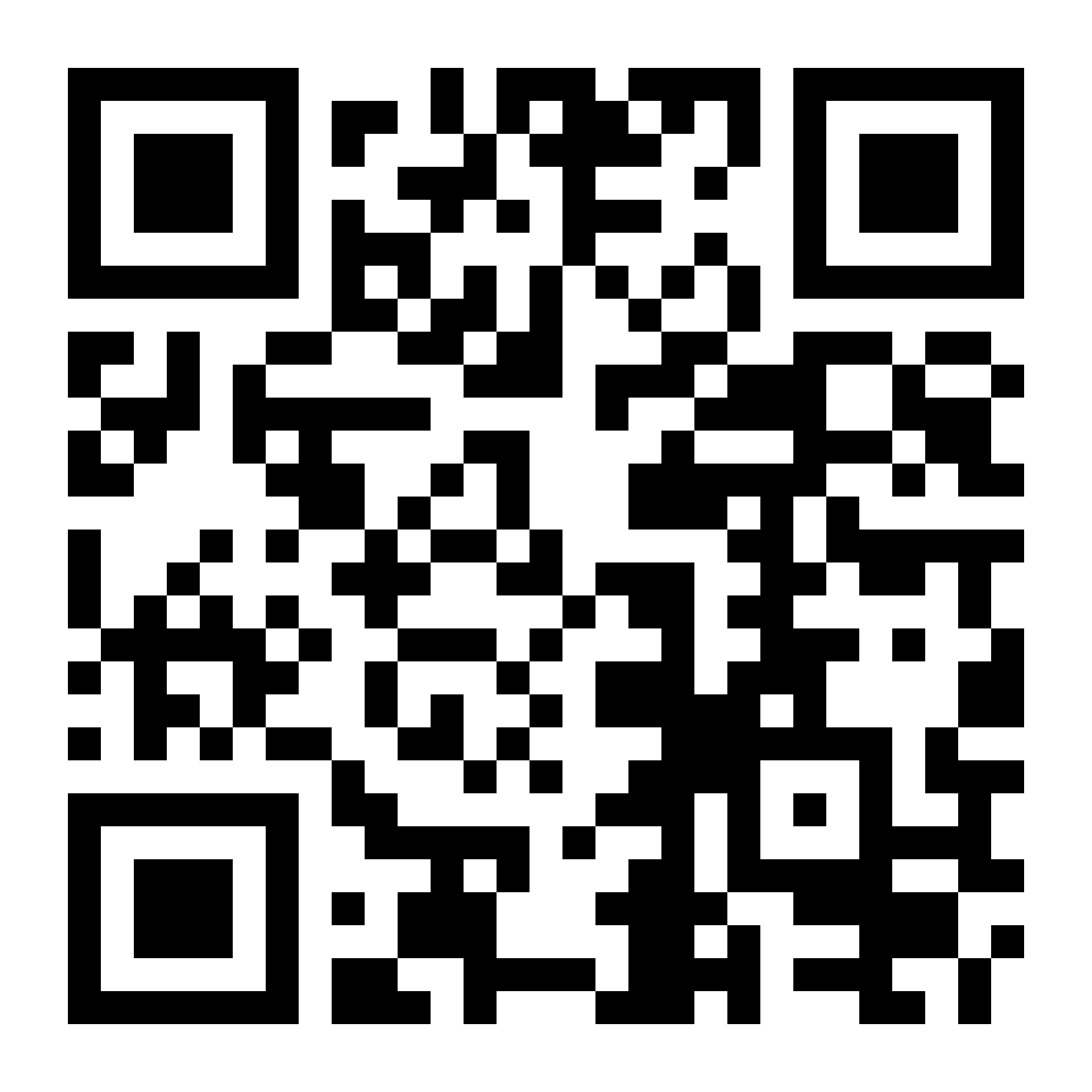SWIFT Code: Meaning, Format, Uses, and How It Works in International Banking
earn what a SWIFT code is, its format, key uses, and how it facilitates secure international banking transactions. Understand its role in global money transfers.
Understanding of SWIFT Code

Frequently Asked Questions
No, SWIFT codes are specifically designed for international transactions. For domestic transfers within India, you will typically use an IFSC (Indian Financial System Code) instead of a SWIFT code. IFSC codes are used to identify bank branches within India for transactions like NEFT, RTGS, and IMPS.
Entering the wrong SWIFT code can lead to delays in processing your transaction or, in some cases, funds being sent to the wrong bank. If the SWIFT code does not match any existing bank, the transaction will likely be rejected, and the funds will be returned to your account. To avoid such issues, always double-check the SWIFT code with your recipient or bank before initiating a transfer.
No, SWIFT codes and IFSC codes serve different purposes:
- SWIFT Code: Used for international transactions to identify banks globally.
- IFSC Code: Used for domestic transactions within India to identify specific bank branches.
While both are essential for their respective purposes, they are not interchangeable.
Validating a SWIFT code is crucial to ensure your funds reach the correct destination. Here is how you can do it:
- Verify with the Recipient: Ask the recipient to confirm their bank’s SWIFT code.
- Check with Your Bank: Your bank can validate the SWIFT code for you.
- Use Online Tools: Use the official SWIFT website or trusted third-party tools to verify the code.
- Cross-Check Bank Details: Ensure the SWIFT code matches the recipient’s bank name, country, and branch.
Taking these steps can save you from potential errors and complications during the transaction process.
Related articles

Directorate General of Foreign Trade (DGFT): Meaning, Functions, and Role in Import Export
Read More

Certificate of Conformity (COC): Definition, Importance, Benefits, and How to Get One
Read More

Director Identification Number (DIN): Meaning, Importance, Features, Application Process, and How to Generate It
Read More

Bill of Entry
Read More
Related videos
Bajaj Finserv App for All Your Financial Needs and Goals
Trusted by 50 million+ customers in India, Bajaj Finserv App is a one-stop solution for all your financial needs and goals.
You can use the Bajaj Finserv App to:
- Apply for loans online, such as Instant Personal Loan, Home Loan, Business Loan, Gold Loan, and more.
- Explore and apply for co-branded credit cards online.
- Invest in fixed deposits and mutual funds on the app.
- Choose from multiple insurance for your health, motor and even pocket insurance, from various insurance providers.
- Pay and manage your bills and recharges using the BBPS platform. Use Bajaj Pay and Bajaj Wallet for quick and simple money transfers and transactions.
- Apply for Insta EMI Card and get a pre-approved limit on the app. Explore over 1 million products on the app that can be purchased from a partner store on Easy EMIs.
- Shop from over 100+ brand partners that offer a diverse range of products and services.
- Use specialised tools like EMI calculators, SIP Calculators
- Check your credit score, download loan statements, and even get quick customer support—all on the app.
Download the Bajaj Finserv App today and experience the convenience of managing your finances on one app.
Bajaj Finserv App for All Your Financial Needs and Goals
Download App
Now request money from your friends and family and make instant payments.

- 1. Apply for Loans: Choose from personal, business, gold loans and more
- 2. Transact: Pay utility bills, use UPI, get FASTag and more
- 3. Shop: Buy over 1 million products on No Cost EMI
- 4. Invest: Buy stocks, mutual funds and invest in FD











